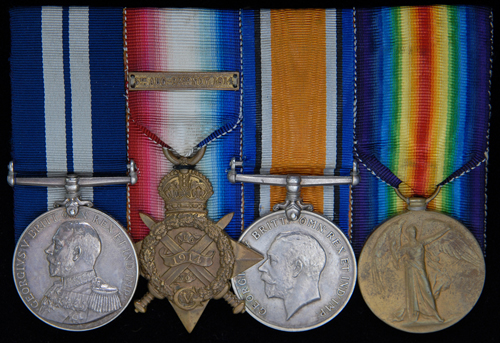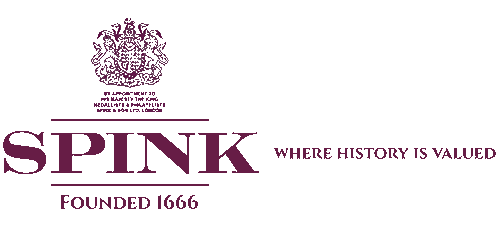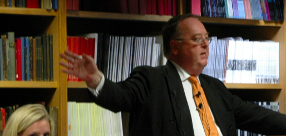
Auction: 8016 - Orders, Decorations, Medals & Militaria
Lot: 289
The Unique London Omnibus Driver´s D.S.M. Group of Four to Sergeant (Road Inspector) A. Chouffot, Motor Transport Company, Royal Naval Division and Royal Marines a) Distinguished Service Medal, G.V.R. (99. S. Sergt. A. Chouffot, Motor Tpt. Coy., R.N. Division.) b) 1914 Star, with Bar (99. S. Sergt. Mechn. A. Chouffot, M.T. R.N. Div.) c) British War and Victory Medals (R.M.A. 99-S-.Sgt. A. Chouffot.), BWM partially officially renamed, V.M. officially renamed, generally very fine or better, mounted court-style for wear, with A.O.C.A. badge, enamel and gilt, reverse numbered ´543´, and (4) official photographs (lot) Estimate £ 3,000-3,500 D.S.M. London Gazette 1.1.1916 Serjeant (Road Inspector) Alfred Chouffot, No. R.M.A./99 (S), R.N.D., Motor Transport Company. 99 Sergeant (Road Inspector) Alfred Chouffot, D.S.M., born Barnsbury, London, 1887; enlisted Royal Marine Artillery 25.9.1914, and served during the Great War on the Western Front with the Royal Naval Division Motor Transport Company. About the time the Royal Marine Brigade was ordered to Dunkirk in September 1914, it was realised by the administrative staff of the Royal Naval Division that some additional method of transport was necessary. Consequently, under the orders of the First Lord of the Admiralty, 90 ´´B´´ type buses of the London General Omnibus Company were purchased and dispatched to Dunkirk. At the same time their drivers were enrolled and sent to the Royal Naval Recruiting Office where they were attested as Marines. Stopping at Chatham or Eastney enroute, the ex-civilian drivers were fitted out with the uniforms and other equipment, prior to proceeding to their respective points of embarkation at Dover or Southampton, from whence they sailed to Dunkirk. Thus it was, in a quite unique episode in the annals of war, that the London bus drivers commenced their wartime careers. Their splendid Omnibuses, which to begin with were still decorated with garish advertisements, just as if setting off down Piccadilly, made a remarkable impression on the men and women of Flanders, even if their ill-fitting and incomplete uniforms left a somewhat contrary impression. More importantly, they played a vital role, as did their gentlemen counterparts from the Royal Automobile Club, in supplying transport for the Naval and Marine Brigades in Antwerp, especially in respect of the evacuation of the wounded. Once the Royal Naval Division had returned to England, the unit was lent to the Army and proceeded to St. Omer, afterwards providing valuable service during the First Battle of Ypres. During the Second Battle of Ypres they were again very active, ´´all buses under Lieutenant Guest being ordered to Steenvorde and were there employed under fire between Hazeboruck and Vlamertinghe; on 29th April they note that they brought back 800 wounded and refugees. Again in the battle of Aubers Ridge and Festubert they had much to do.´´ (Britain´´s Sea Soldiers, by General Sir H.E. Blumberg, K.C.B., R.M., refers). Then in August 1915, after once more proving itself with all types of transportation, it was taken over permanently by the military establishment and became part of the Army Service Corps. Very few of the unit´´s drivers transferred, Chouffot was discharged 1.9.1915. In a short but much admired life span, the Motor Transport Company, R.N.D., won three gallantry awards: a D.S.O. to Captain Leaf; a D.S.C. to Captain Summers; and a D.S.M. to Sergeant Chouffot.
Sold for
£3,000




